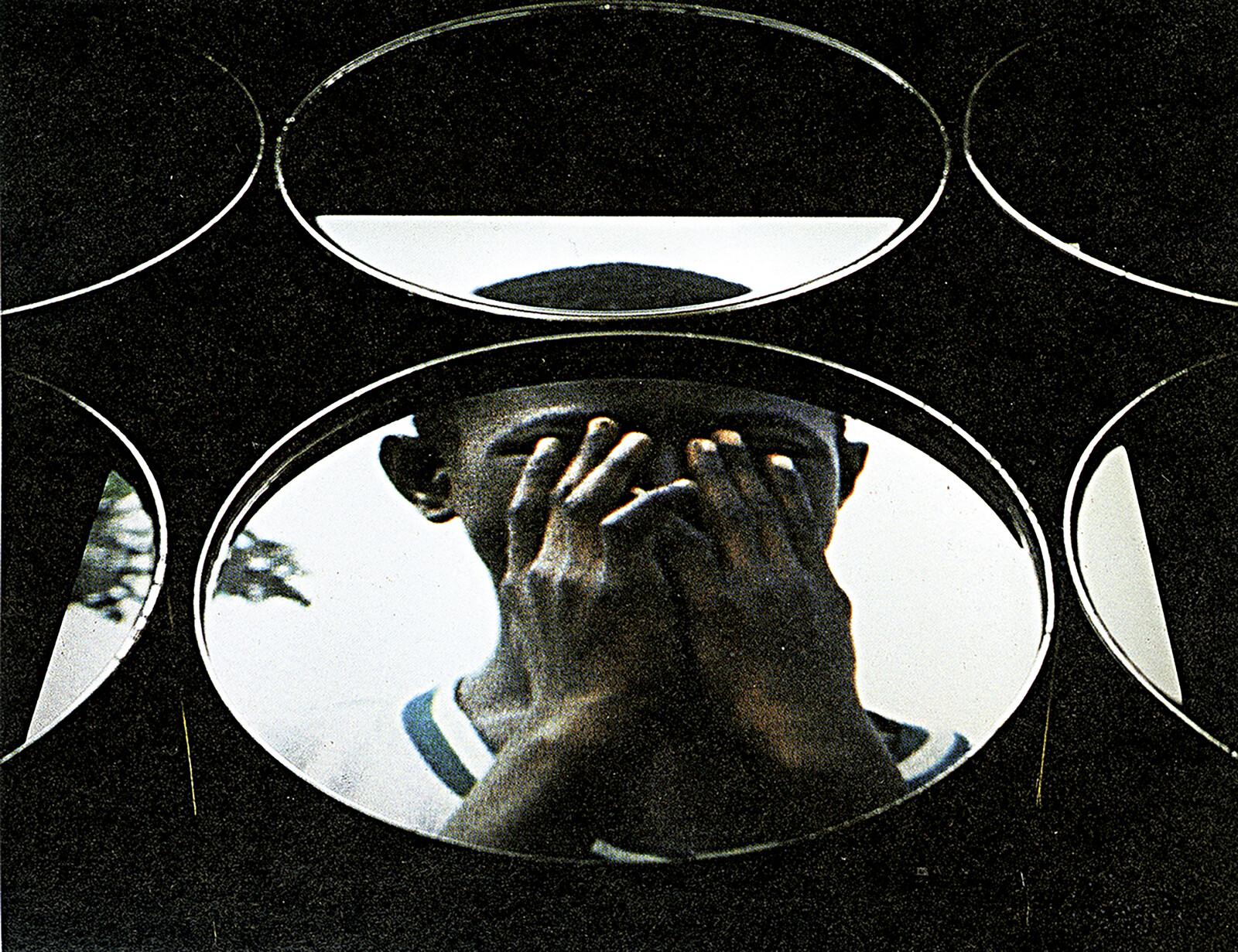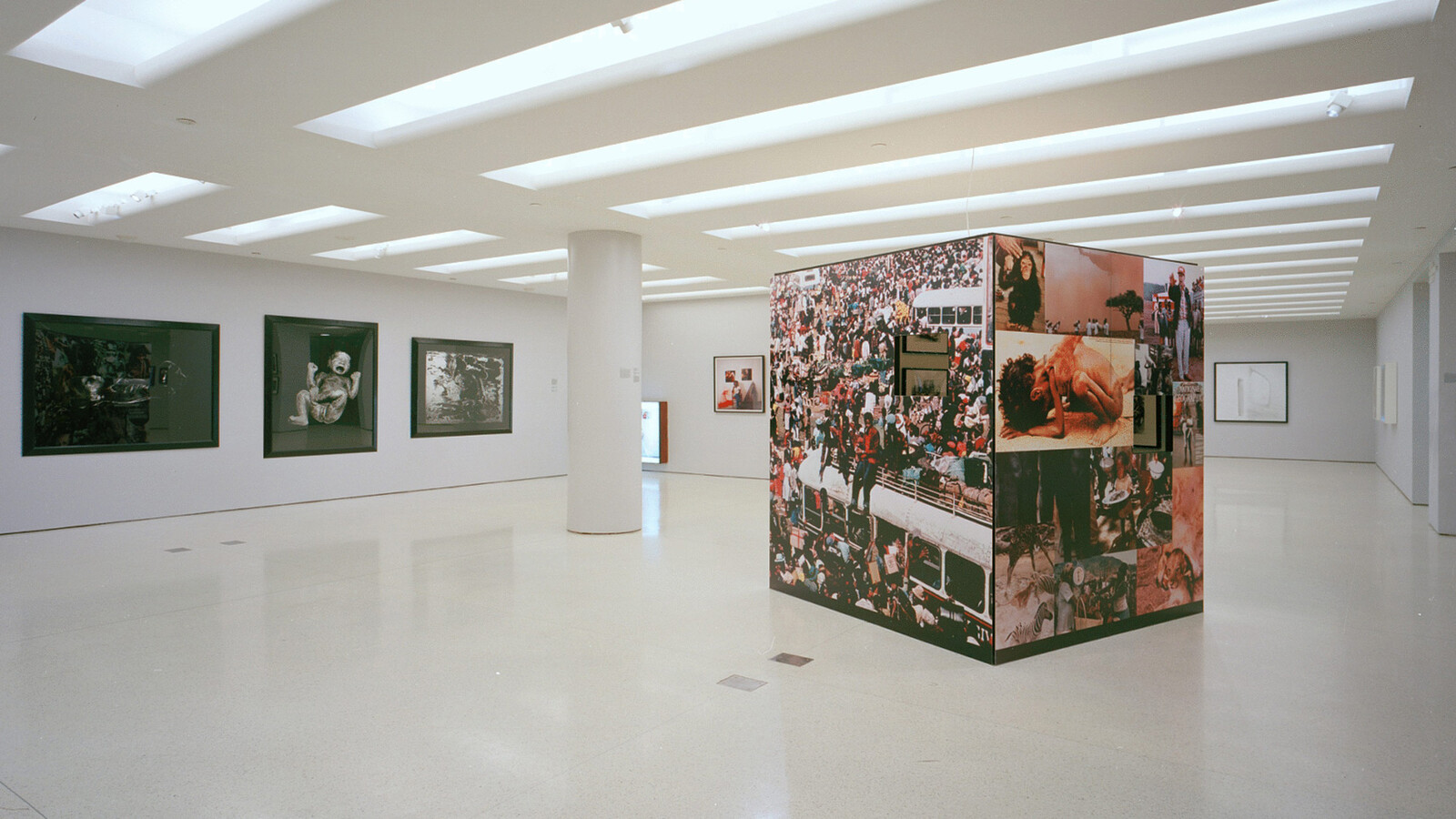Enwezor’s International Biennial of Contemporary Art Seville dwelled on dark post-9/11 themes of war, terrorism, migration, and the extractivist nature of neoliberal capitalism. As I write, two unjust conflicts rage in Ukraine and Palestine; the second BIASC showed that the effects of such wars on art and exhibition-making can be deep and long-lasting, resurfacing years later. The exhibition participated in the wave of perennialization that took hold in the early twenty-first century, but also tempered the enthusiasm for the new neoliberal world order that was solidifying around the globe.
It seems unlikely that the racism (the unfair judgment of the work and experience of African curators) will go away. The trenchant pessimistic attitude that Africa will never develop its own museums is evidence of that. Prior to his death, Okwui Enwezor himself was foggy on the issue of whether to shift focus to exhibitions on the African continent, preferring to curate and write for institutions in Euro-America. Perhaps even he had difficulty avoiding how the evolutionary logic of racist pseudoscience has passed down a belief that some art is more developed than others—a legacy we still have to actively confront.

